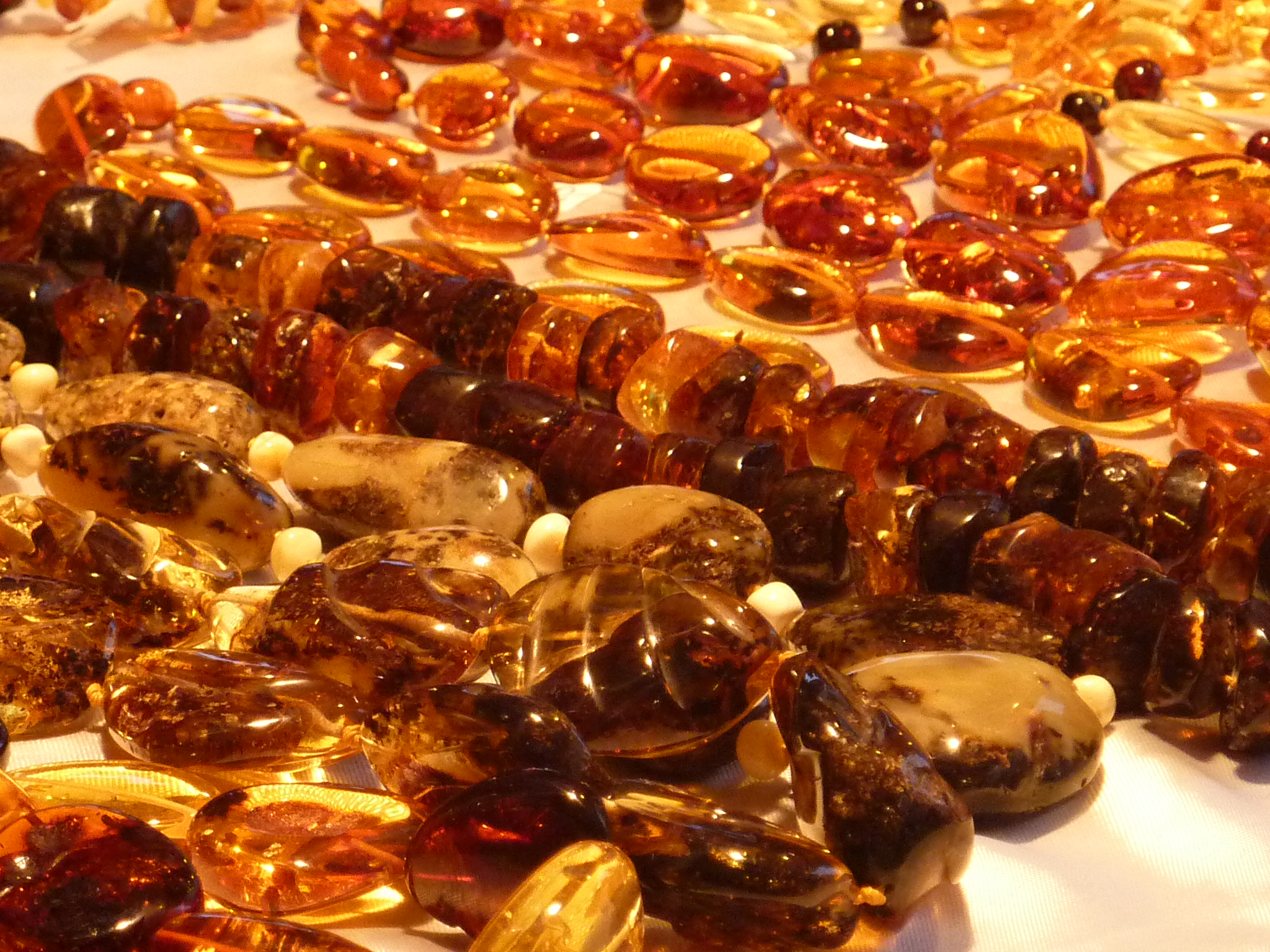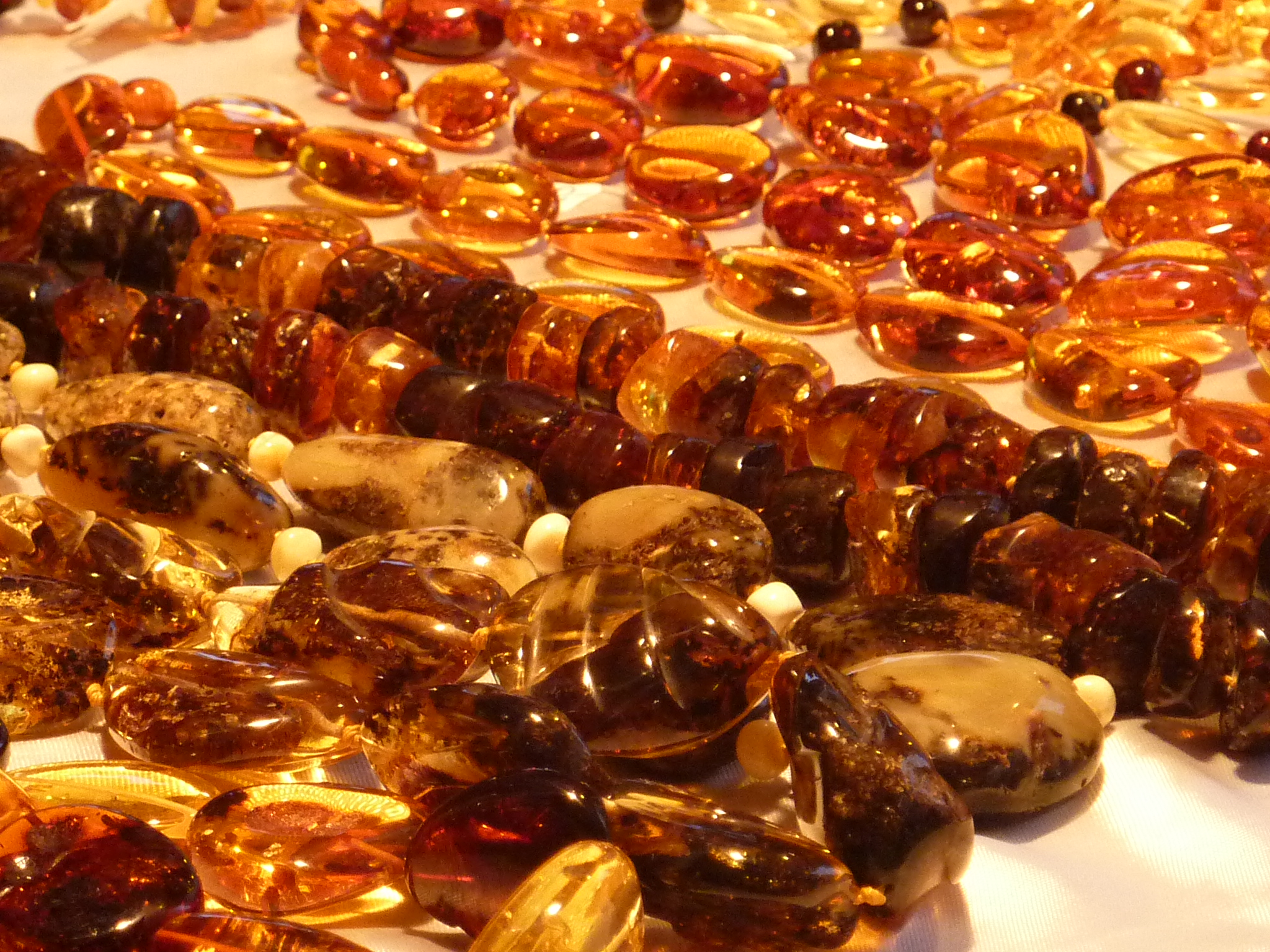 I have to confess that my knowledge of the Baltic countries is pretty limited. Embarrassingly it’s probably fair to say that if it wasn’t for the Eurovision Song Contest then I would never have even heard of them – didn’t Estonia have a pretty good entry a while back?
I have to confess that my knowledge of the Baltic countries is pretty limited. Embarrassingly it’s probably fair to say that if it wasn’t for the Eurovision Song Contest then I would never have even heard of them – didn’t Estonia have a pretty good entry a while back?
My dad visited Riga when I was young so I had heard of Latvia but couldn’t have pointed it out on a map. I remember that when he came back he brought back handfuls of amber that he had picked up on the shores of the Baltic and said that the beach was strewn with shards of the shimmering orange stone.
The Baltic region provides 80% of the world’s amber; a stone that is formed by fossilised tree resin and used to make perfumes, medicines and jewellery. The gem is most commonly translucent orange in colour but can also be yellow, brown, green or even blue. Amber can sometimes be found containing insect or plant matter due to its formation from a soft tree resin, creating a unique and unusual pendant. Such is the timeless appeal of amber it has even been discovered amongst the burial goods in Tutankhamun’s tomb. Thousands of years ago amber was transported from the Baltic sea along a route known as the Amber Road all the way into Egypt, Greece and Italy – where amber was valued highly by the Romans.
 Amber has been valued so highly in ancient civilisations for a number of reasons, amongst them the beliefs that amber has mystical properties, brings good luck, stimulates the mind, cleanses the body, absorbs pain, alleviates stress, aids mental clarity, heals, and makes the wearer more attractive.
Amber has been valued so highly in ancient civilisations for a number of reasons, amongst them the beliefs that amber has mystical properties, brings good luck, stimulates the mind, cleanses the body, absorbs pain, alleviates stress, aids mental clarity, heals, and makes the wearer more attractive.
If any of this is to be believed then amber really is a wonderful gem. I’m not sure if I believe any of that, after it didn’t seem to do Tutankhamun much good, but I really like the colour of amber and think it makes beautiful jewellery. If I happen to become more attractive, intelligent and healthy because of my recent purchase of an amber ring then that’s just an extra bonus!





